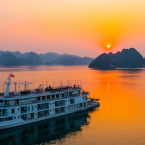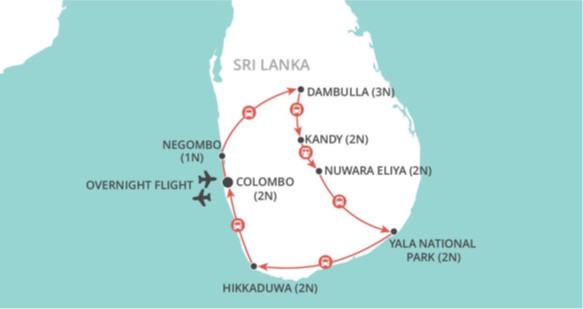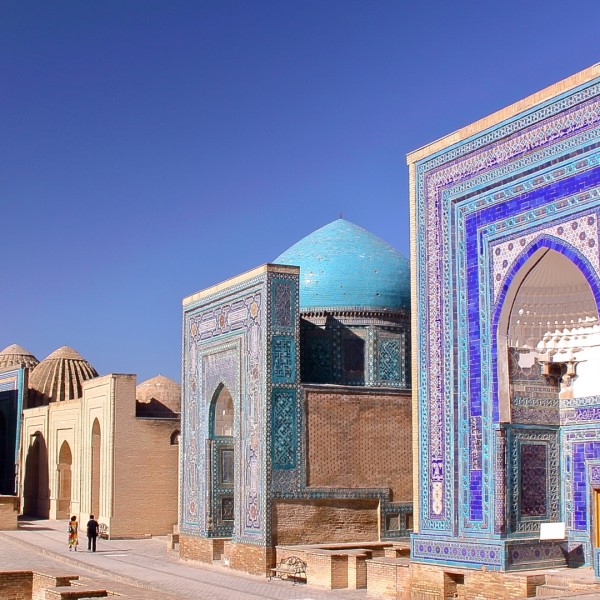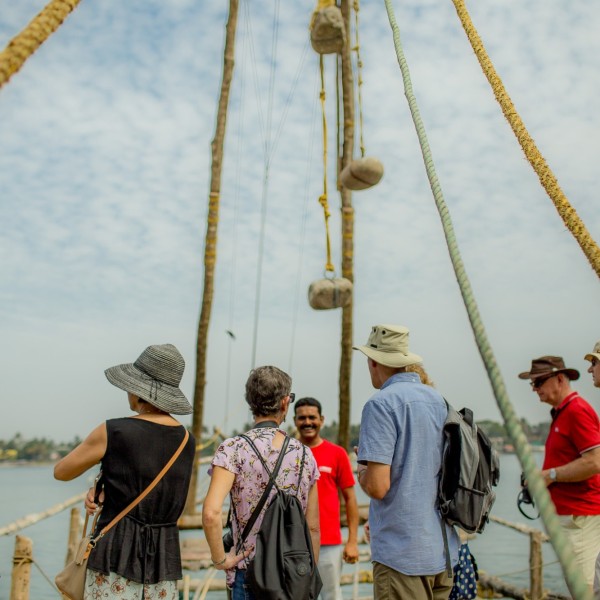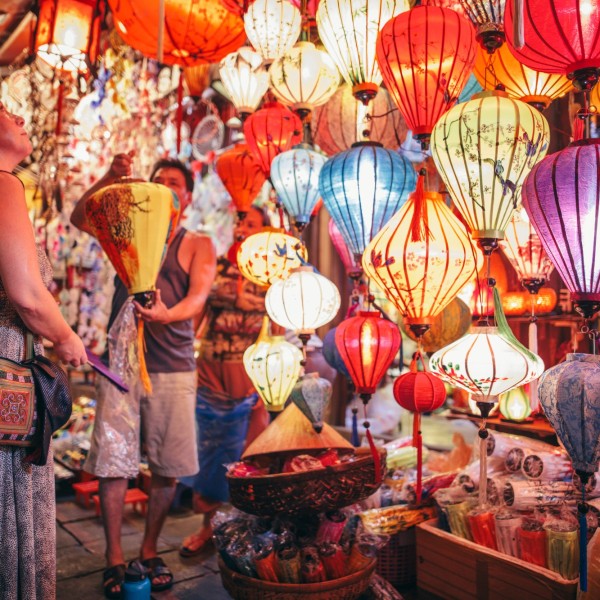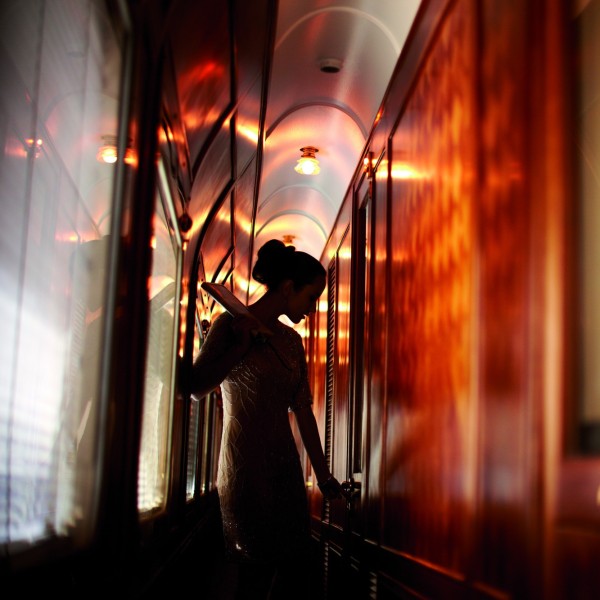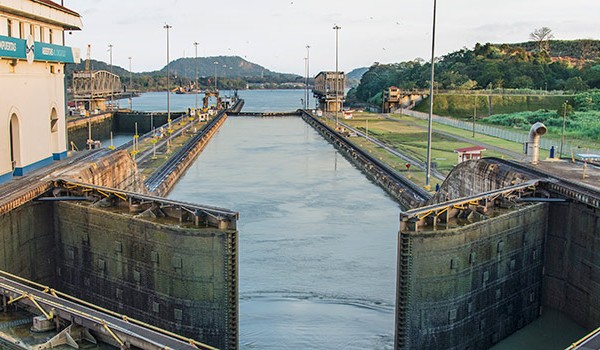It’s difficult to recall many details of the Japanese countryside from my recent trip, as it mostly hurtled past at 270km/h while I reclined in air-conditioned comfort.
I’ve always loved travelling by train, but these are so futuristic they look like they’ve been dropped onto the tracks from a Hollywood sci-fi blockbuster.
My JR (Japan Railways) ‘Ordinary’ 7 day Rail Pass is affording me an experience that is anything but ‘ordinary’, rather a means of acquiring the tiniest of insights into a culture of formality, politeness and quite extraordinary precision that is totally unlike anything I’ve experienced in Asia before.
In one week, we’ve enjoyed some of the best that Japan’s main island Honshu has to offer. We started with the quirky mix of ultra-modern and extremely old that is the former imperial capital of Kyoto and it’s bewildering array of Buddhist temples, Shinto Shrines, villas and palaces. Although Kyoto is Japan’s 7th largest city, and replete with the usual staggering array of skyscrapers it has gems around every corner. We took a night stroll through the old district of Gion and it’s beautiful old Japanese townhouses where the patrons of Gion—in the old days the samurai and nowadays businessmen— are entertained by geisha. As we wandered the narrow lanes admiring the teahouses we saw several geiko and maiko (geisha in training) in full regalia moving about through the streets to their next engagement. I love Japansese food, and we enjoyed several memorable meals, including the drama of a local’s ‘yakitori’ restaurant as the meal is literally sliced, diced, barbequed and skewered in front of you and the immense fun of watching a ‘sushi train’ glide past with mouth-watering delicacies on little plates.
From Kyoto, we visited the ancient capital of Nara, where the undoubted highlight was the massive Todaiji Temple – the world’s largest wooden building and home to the world’s largest bronze Buddha. The last time I was left dumfounded by a building was the Taj Mahal, but like the mighty Taj this had me speechless with admiration.
Hopping on the bullet train again, we were whisked off to Hiroshima and it’s impressive Peace Memorial Park, A-Bomb Dome and Museum.This went straight to the top of my ‘Best Museum’ list, and no trip to Honshu is complete without a visit – it’s obviously a very sombre experience, and the Peace Park is eerily quiet, but the presentation of the exhibits relating to the events before and after 6 August 1945 is very well designed and executed and the entire re-imagining of Hiroshima as a city of Peace is quite inspiring. I could have spent a whole day there.
Our final stop is the breathtaking urban jungle of Tokyo. For two days I experienced reverse vertigo and a strained neck from peering upwards at the thousands of skyscrapers. Our hotel was situated on the 25th storey of one such tower, but which we learned was only the 47th highest hotel in this city of superlatives. More than any other city on earth, this is a metropolis in true 3-D with expressways and train lines appear suspended high above the ground. I can only imagine what a terrifying experience driving in such an environment must be for the un-initiated. At night we explored the ‘cities within a city’ of Shibuya and Shinjuku – this was the Tokyo of my dreams, with a dazzling array of neon on every building. The first time you step out onto the street from the Metro, it’s can be somewhat of a sensory overload. Shinjuku train station is the world’s busiest, accommodating 3.5 million people through its turnstiles every single day. We stepped back against a wall for a moment and watched this very orderly procession of travellers in mostly black and white – it’s difficult to comprehend– imagine almost the entire population of New Zealand walking past you every day.
It’s something of a cliché, but the Japanese are extremely polite. Every interaction and transaction is accompanied with nods and bows, but also with warm smiles. When appearing understandably confused by Tokyo’s bewildering Subway system (which features two entirely separate Metro operators as well as JR rail lines) someone would always magically appear and point us in the right direction. The sense of order and precision is very striking – little zig-zag white lines are painted on train platforms and correspond to the entry and exit points from each numbered carriage; everyone knows exactly where they are expected to stand, thus ensuring the most efficient flow of passengers on and off trains. I understand that since their introduction in 1964 any given train’s average arrival time is within six seconds of the scheduled time – and I can well believe it.
6 days riding a succession of Bullets around is certainly not enough to get to grips with this paradoxical nation, where the very ancient and hyper-modern are found together in the built environment, and the more conservative post WW2 generation has bequeathed economic success in which global export of a (mostly electronic) and colourful alternative youth culture has flourished. However, it was a great place to start, and has whetted my appetite for more. Sayonara Japan, but I’ll be back!
For more information on rail passes click here





